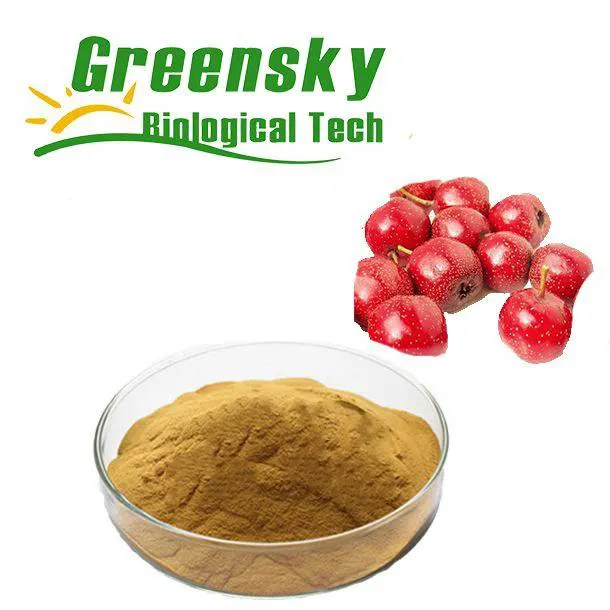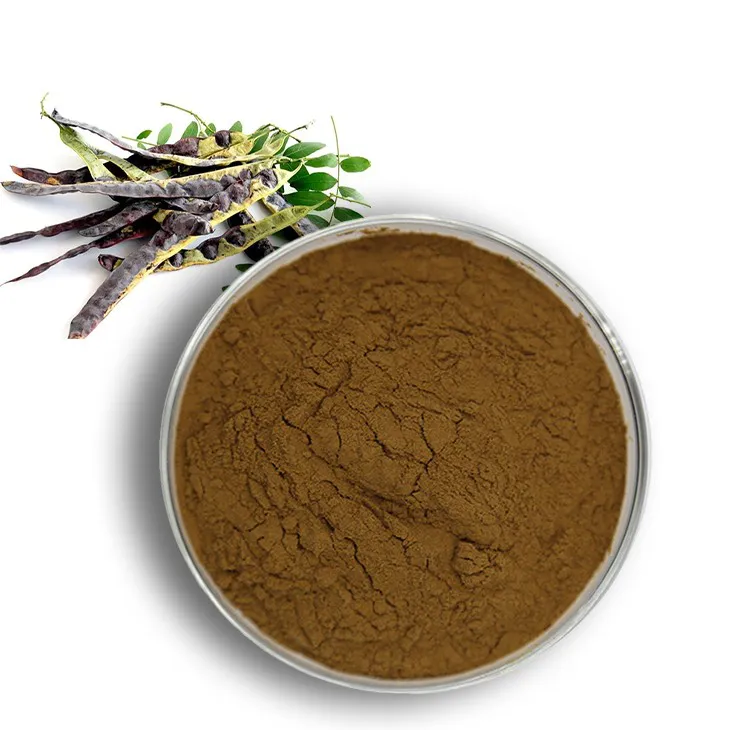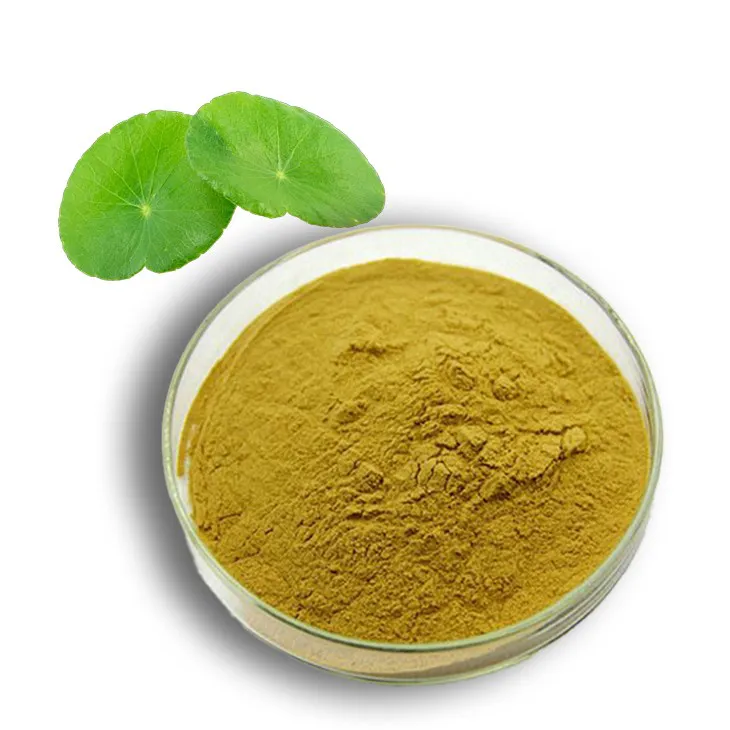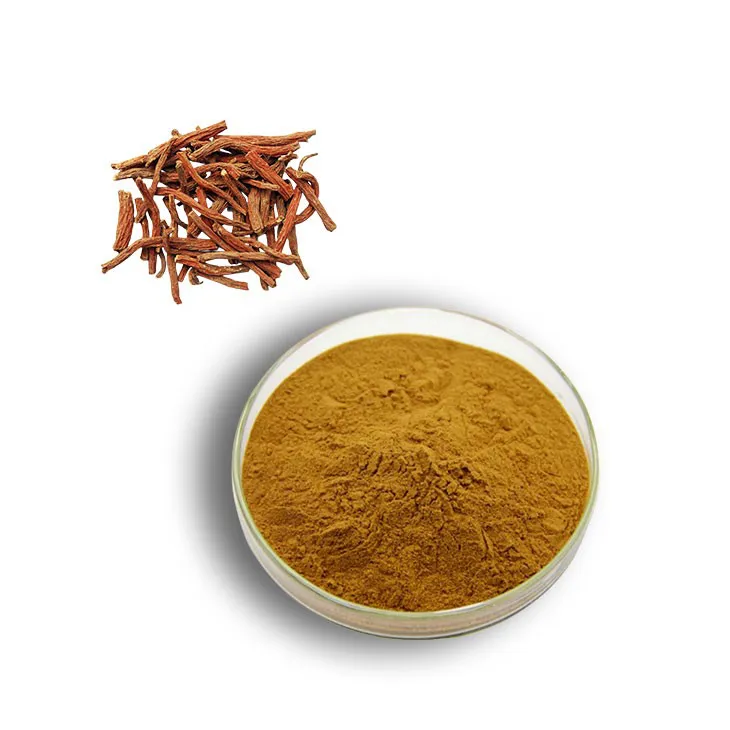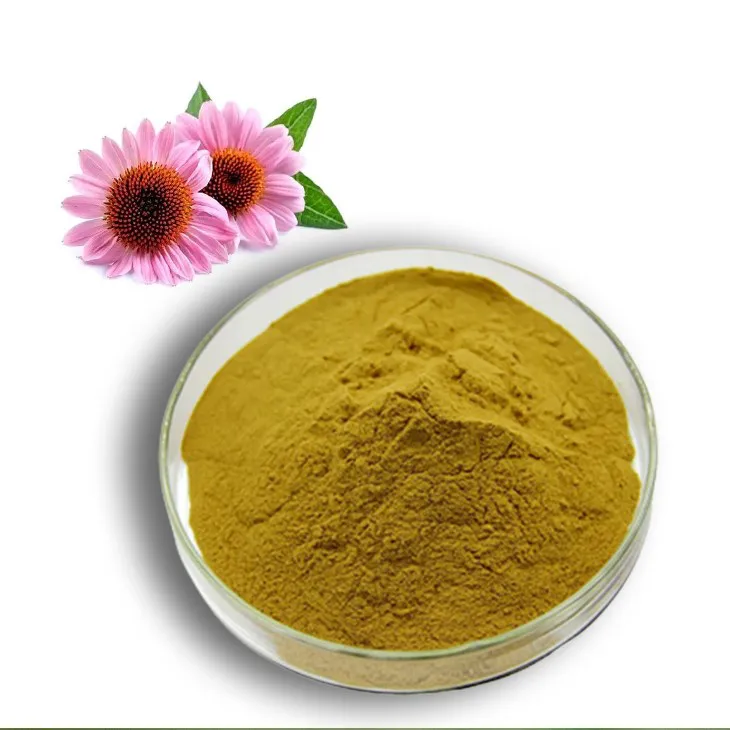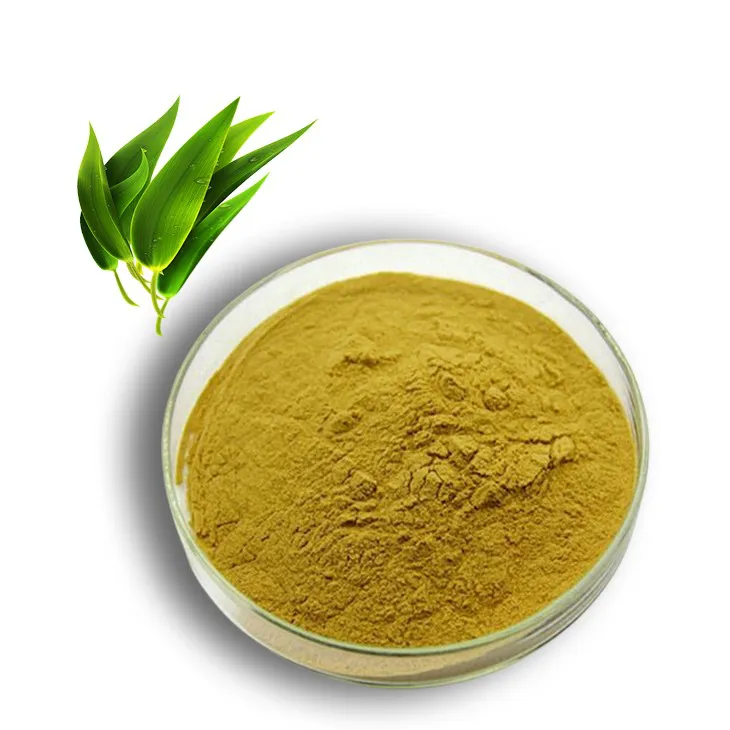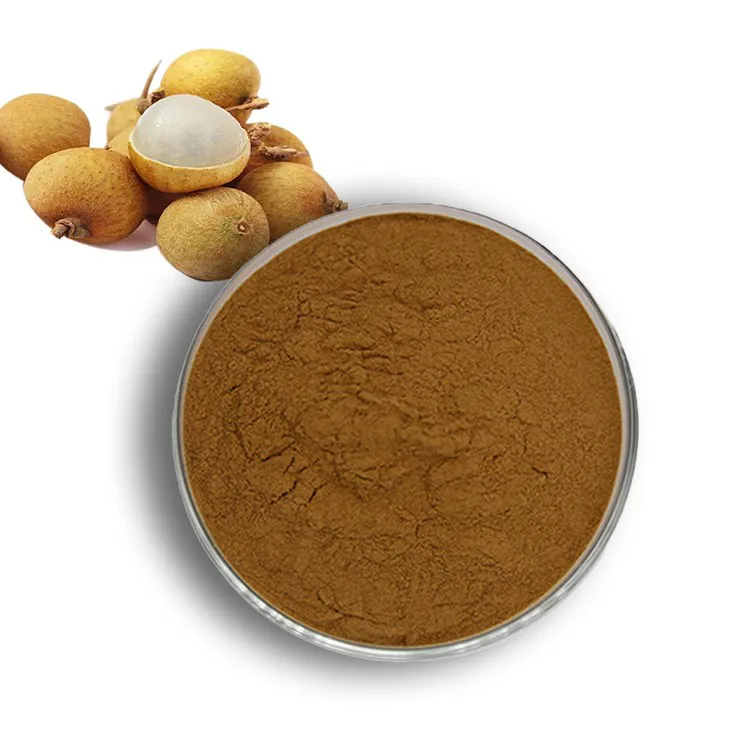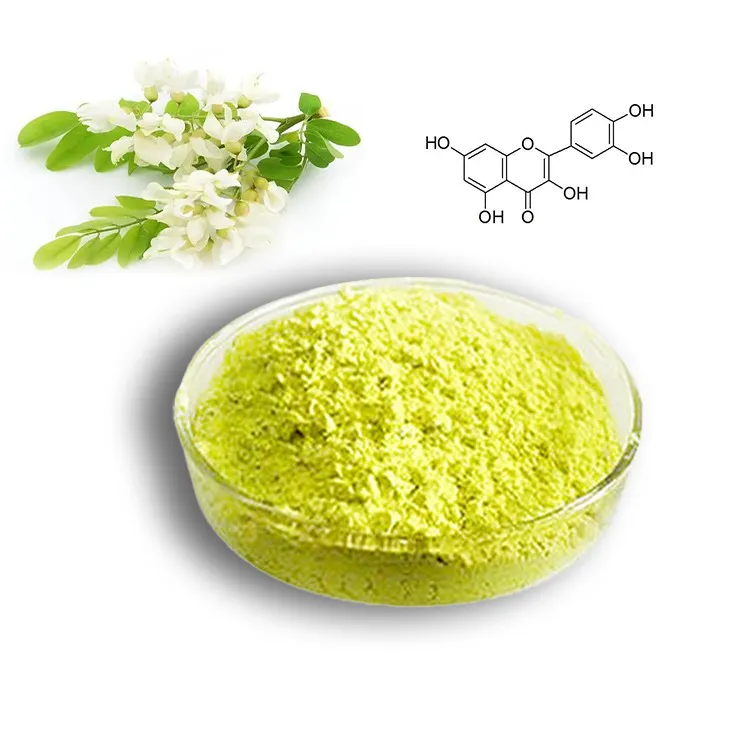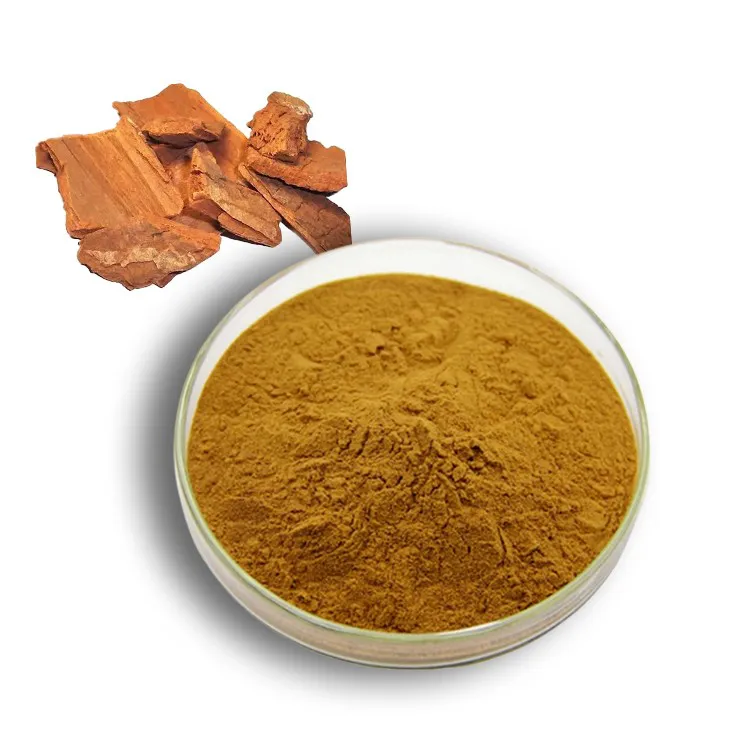- 0086-571-85302990
- sales@greenskybio.com
Blue Light Therapy: The Chemistry Behind Its Effectiveness
2025-08-14
Blue light therapy has emerged as a popular and effective treatment for a variety of skin conditions, particularly acne and certain dermatological disorders. As a non-invasive, drug-free option, it appeals to many seeking solutions without the need for harsh chemicals or invasive procedures. But what makes blue light therapy effective? This article delves into the chemistry behind blue light therapy, exploring the specific chemical interactions that occur during treatment and how they contribute to its efficacy.
Understanding Blue Light Therapy
Blue light therapy involves the use of specific wavelengths of light, typically in the range of 405 to 420 nanometers, to target and alleviate skin conditions. This type of phototherapy capitalizes on the natural properties of blue light to produce therapeutic effects, particularly its ability to interact with certain chemicals in the skin.
The procedure generally involves exposing the skin to blue light using specialized devices. These devices may vary from handheld devices for at-home use to larger, professional-grade machines used in dermatological clinics. The therapy is particularly known for its ability to treat acne, making it a popular choice for adolescents and adults alike.
The Role of Porphyrins in Blue Light Therapy
To understand why blue light is effective, we must examine the role of porphyrins. Porphyrins are naturally occurring compounds found in the body, and they play a crucial role in blue light therapy’s success in treating acne.
In the context of acne, Propionibacterium acnes (P. acnes) is a bacteria responsible for many of the inflammatory reactions associated with this condition. P. acnes bacteria produce certain porphyrins as metabolic byproducts. These porphyrins, particularly coproporphyrin III, are the key targets of blue light therapy.
When the skin is exposed to blue light during therapy, the light penetrates the skin and is absorbed by the porphyrins. This absorption leads to the production of reactive oxygen species (ROS), which are highly reactive molecules that can damage cell membranes and structures within cells.
This chemical reaction has a bactericidal effect on P. acnes. The ROS generated during light therapy effectively kill the bacteria, reducing their numbers and thereby alleviating acne symptoms. This process highlights the importance of understanding chemical interactions in leveraging blue light for therapeutic benefits.
Mechanisms of Phototherapy
The effectiveness of blue light therapy extends beyond its impact on porphyrins and reactive oxygen species. There are additional mechanisms at play that contribute to the overall efficacy of the treatment.
1. Anti-Inflammatory Effects: Blue light not only targets bacteria but also possesses anti-inflammatory properties. By reducing inflammation, it helps calm irritated skin, which is especially beneficial for those suffering from inflammatory acne.
2. Regulation of Sebum Production: Some studies suggest that blue light may also influence sebaceous glands, potentially regulating sebum production. Overproduction of sebum is a contributing factor to acne, and its regulation helps improve skin condition.
3. Skin Tone and Texture Improvement: Blue light therapy can promote a more even skin tone and enhance texture. This effect can result from the overall reduction in acne lesions, contributing to healthier-looking skin.
How Blue Light Interacts with Skin
The penetration depth of blue light into the skin is another important factor in its therapeutic application. Blue light is able to penetrate the superficial layers of the skin, making it suitable for targeting conditions like acne that exist near the skin surface. This makes it particularly well-suited for treating conditions associated with bacteria that thrive in these more accessible layers.
Its penetration ability is less potent when it comes to deeper skin issues, which is why blue light is generally combined with other spectrums of light (such as red light) or with additional treatments to address a wider range of skin concerns.
Safety and Efficacy
Blue light therapy is considered to be a safe treatment for many skin conditions when used appropriately. It offers a non-invasive option that avoids the side effects commonly associated with topical or oral medications. However, it is essential to conduct blue light therapy under professional guidance or with FDA-approved devices, ensuring that the exposure is controlled and effective.
While blue light therapy is effective for many, it is important to note that results can vary based on the severity of the condition, skin type, and individual response. Some patients may require multiple sessions to achieve the desired results, while others might notice improvements with fewer treatments.
Caution is also advised for individuals who are more sensitive to light or have conditions that might be exacerbated by light exposure, as well as for those on medications that increase light sensitivity.
Expanding Research and Applications
Research into blue light therapy continues to expand, with ongoing studies exploring its potential applications beyond acne treatment. Its efficacy in managing other skin disorders, such as psoriasis and eczema, is under investigation, as is its potential role in seasonal affective disorder and even wound healing.
Advancements in photodynamic therapy explore combining blue light with photosensitizing agents to enhance its therapeutic effects. This area of research could open new avenues for treating a range of medical and dermatological conditions, demonstrating the evolving versatility of blue light as a treatment tool.
Conclusion
Blue light therapy stands out as an impressive example of how understanding chemical interactions can lead to effective medical therapies. By harnessing the power of blue light to target porphyrins, this innovative treatment offers a targeted way to manage acne and other inflammatory skin conditions.
As research continues to uncover new applications and optimize treatment protocols, blue light therapy is poised to maintain its status as a leading option in dermatological care. Its non-invasive nature, coupled with its scientific underpinning, makes it an appealing choice for many patients seeking effective and safe transformations in their skin health.
- ▶ Hesperidin
- ▶ Citrus Bioflavonoids
- ▶ Plant Extract
- ▶ lycopene
- ▶ Diosmin
- ▶ Grape seed extract
- ▶ Sea buckthorn Juice Powder
- ▶ Fruit Juice Powder
- ▶ Hops Extract
- ▶ Artichoke Extract
- ▶ Mushroom extract
- ▶ Astaxanthin
- ▶ Green Tea Extract
- ▶ Curcumin
- ▶ Horse Chestnut Extract
- ▶ Other Product
- ▶ Boswellia Serrata Extract
- ▶ Resveratrol
- ▶ Marigold Extract
- ▶ Grape Leaf Extract
- ▶ New Product
- ▶ Aminolevulinic acid
- ▶ Cranberry Extract
- ▶ Red Yeast Rice
- ▶ Red Wine Extract
-
Hawthorn Extract
2025-08-14
-
Saponin Extract
2025-08-14
-
Centella Asiatica Extract
2025-08-14
-
Dan Shen Root Extract/Salvia Root Extract
2025-08-14
-
Sophora Japonica Flower Extract
2025-08-14
-
Echinacea Extract
2025-08-14
-
Bamboo Leaf extract
2025-08-14
-
Longan Extract
2025-08-14
-
Quercetin
2025-08-14
-
Yohimbine Bark Extract
2025-08-14











